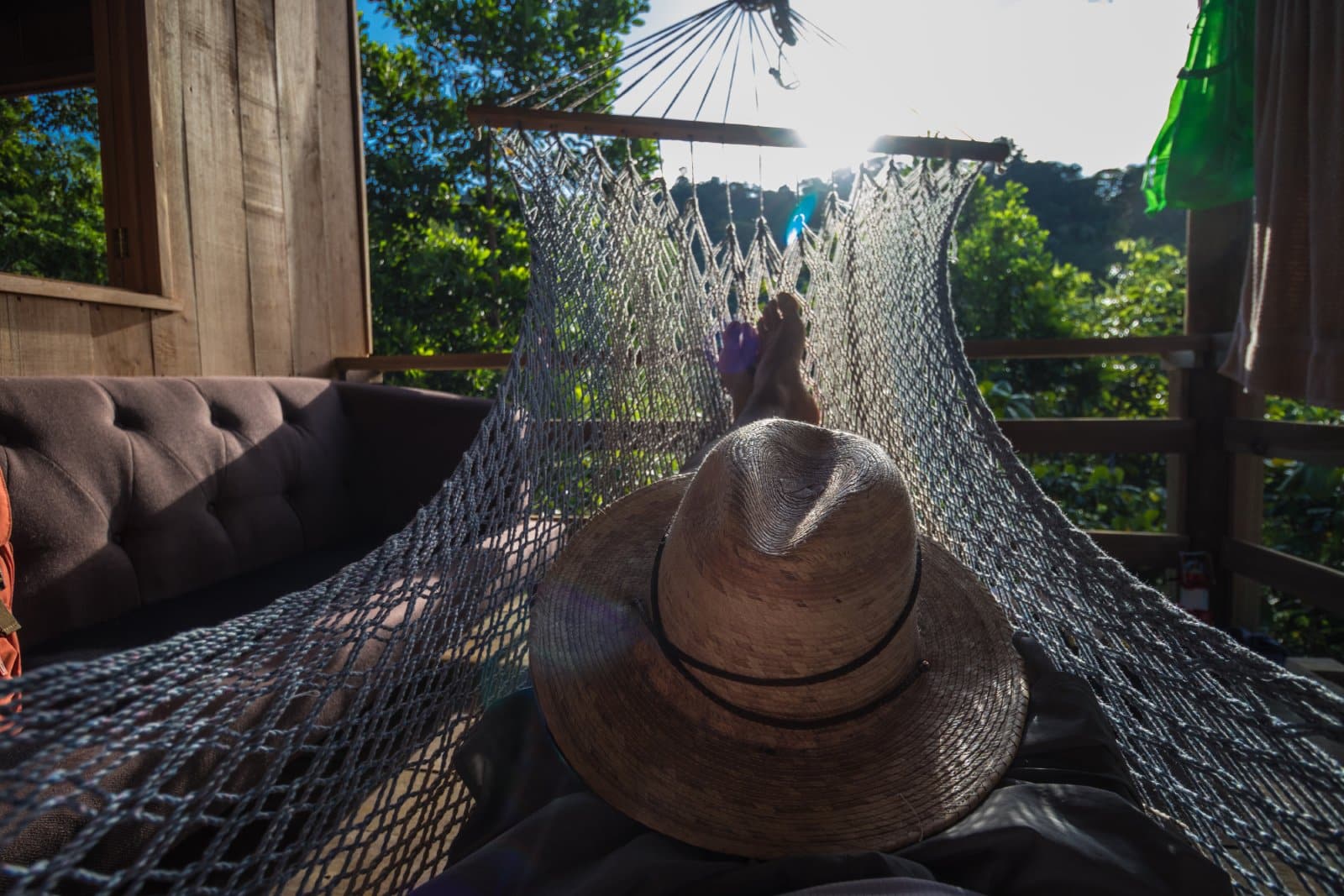Biophilic design, a concept rooted in our innate connection to nature, is gaining popularity as a way to create spaces that promote health, well-being, and productivity. By incorporating elements of nature into the built environment, biophilic design seeks to enhance our connection with the natural world and create tranquil, harmonious indoor spaces. Let’s take a closer look at biophilic design and explore its numerous benefits supported by research.
1. Enhancing Psychological Well-Being

Research has shown that exposure to nature can have a profound impact on psychological well-being, reducing stress, anxiety, and depression while promoting feelings of calmness and relaxation. By bringing elements of nature indoors, such as plants, natural materials, and views of greenery, biophilic design creates spaces that evoke positive emotions and support mental health.
2. Improving Cognitive Function

Studies have demonstrated that biophilic design can enhance cognitive function, including attention, memory, and creativity. Natural light, organic shapes, and textures found in nature stimulate the brain and promote mental clarity, focus, and productivity, making indoor environments more conducive to learning, problem-solving, and creative thinking.
3. Boosting Physical Health

Biophilic design can also have a positive impact on physical health, contributing to lower blood pressure, heart rate, and cortisol levels. Exposure to natural light and views of nature has been linked to improved sleep quality, immune function, and overall well-being, reducing the risk of various health problems and enhancing the body’s natural healing processes.
4. Enhancing Social Connections

Spaces designed with biophilic principles tend to foster stronger social connections and community engagement. Shared outdoor spaces, communal gardens, and natural gathering areas create opportunities for social interaction, collaboration, and relationship-building, strengthening bonds between individuals and promoting a sense of belonging and connection.
5. Increasing Productivity and Creativity

Biophilic design has been shown to increase productivity and creativity in work and learning environments. Access to natural light, greenery, and outdoor views can inspire innovation, problem-solving, and critical thinking, leading to higher levels of engagement, satisfaction, and performance among employees, students, and learners of all ages.
6. Supporting Environmental Sustainability

In addition to its numerous health and well-being benefits, biophilic design aligns with principles of environmental sustainability and conservation. By incorporating sustainable materials, energy-efficient technologies, and passive design strategies, biophilic spaces minimize their ecological footprint and promote responsible stewardship of natural resources, contributing to a healthier planet for future generations.
7. Creating Holistic Living Environments

Ultimately, biophilic design seeks to create holistic living environments that nurture the mind, body, and spirit. By reconnecting people with nature and fostering a deeper appreciation for the natural world, biophilic spaces promote holistic well-being and sustainability, enriching the lives of individuals and communities alike.
Incorporating Nature

Incorporating elements of nature into the built environment through biophilic design can have profound benefits for our health, well-being, and quality of life. From reducing stress and anxiety to enhancing cognitive function and creativity, biophilic spaces create tranquil, harmonious indoor environments that support our innate connection with the natural world.
The post Bringing Nature Indoors: Exploring the Tranquil World of Biophilic Design first appeared on Mama Say What?!
Featured Image Credit: Shutterstock / Tanja Esser.




